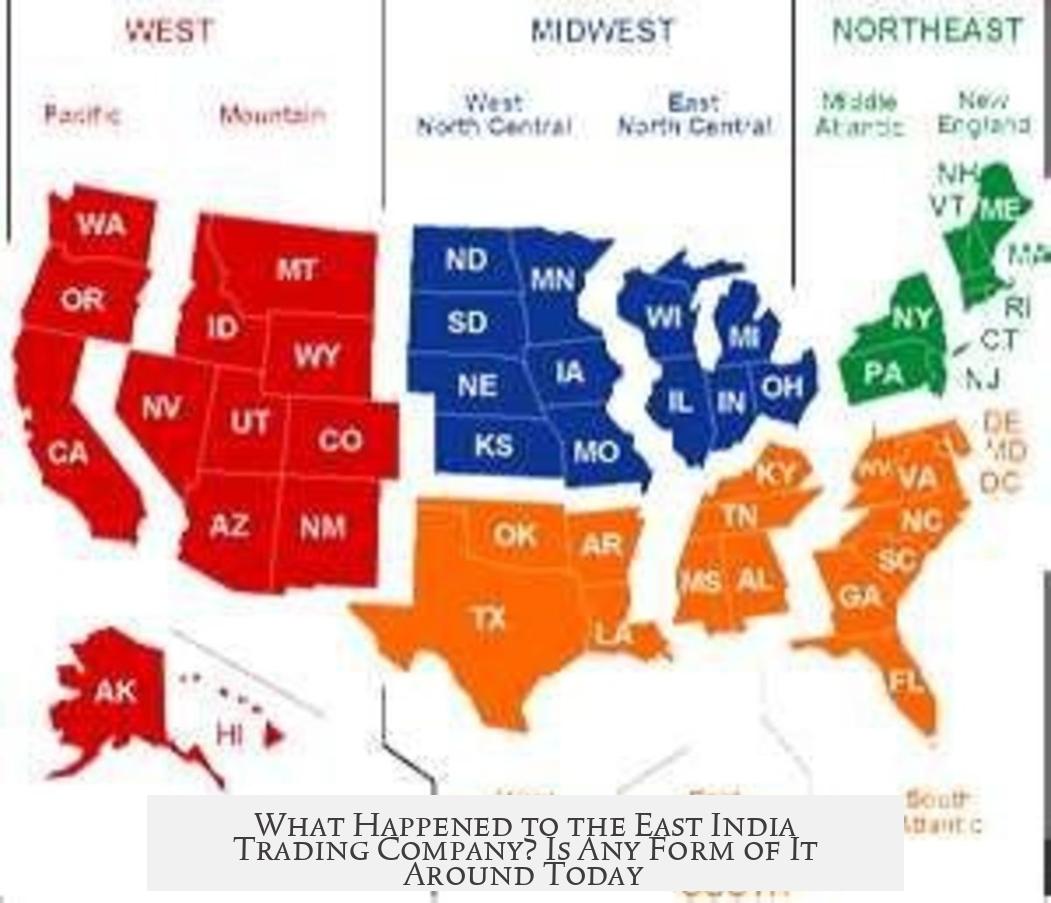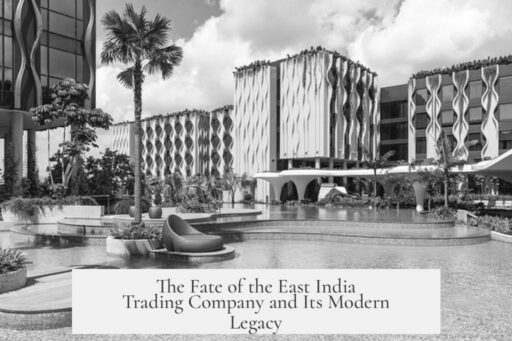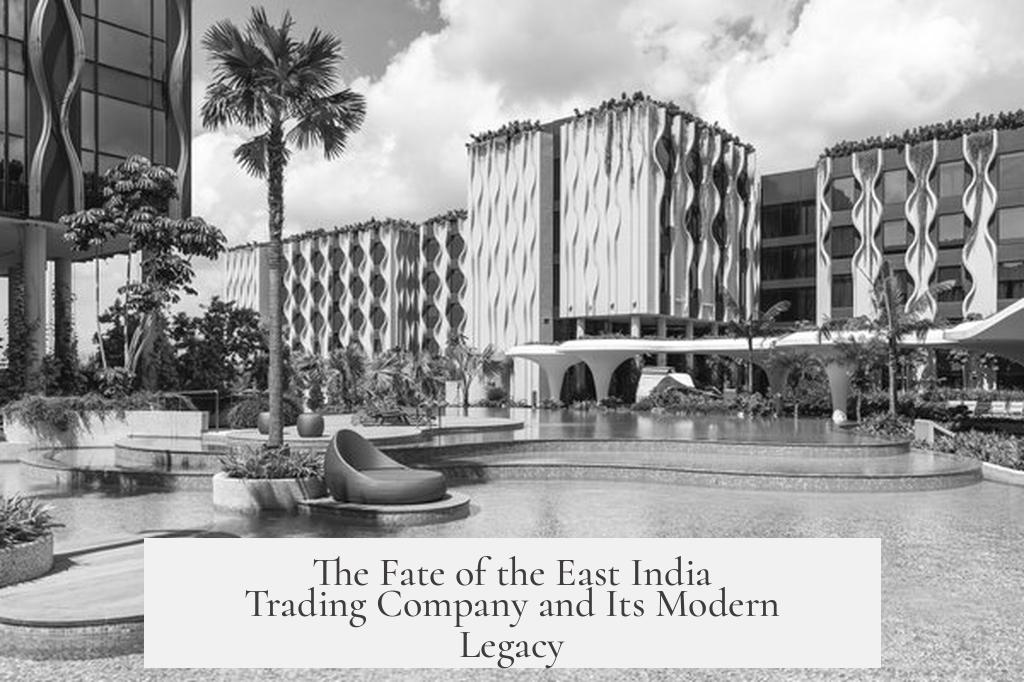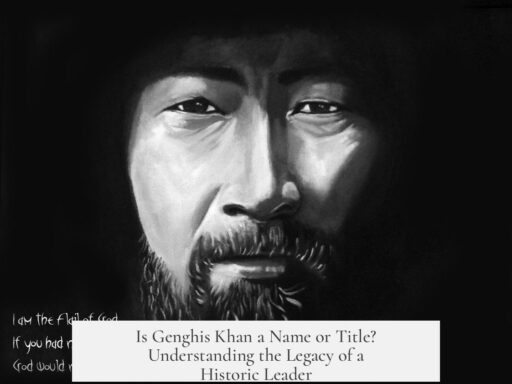The East India Company (EIC) ceased to exist as an independent entity following the Indian Mutiny of 1857, leading to its formal dissolution in 1858. No direct form of the EIC operates today, as its functions and territories were transferred to the British Crown, marking the start of the British Raj in India.
The EIC began as a chartered trading company, primarily focused on commerce between Britain and India. Initially, it traded goods such as spices, textiles, and tea. Over time, competition from French interests pushed the company to establish a standing military force to defend its trading posts. This military capability enabled the EIC to intervene in local political conflicts and expand its influence.
Following decisive battles, including the Battle of Plassey in 1757 and the defeat of Tipu Sultan, the EIC gained substantial control over large parts of India. This transformation from a commercial enterprise to a political power led the company to exercise administrative rights, including taxation, over vast regions.
However, the EIC’s governance was not without flaws. The 1770 Bengal Famine exposed severe mismanagement. The company forced farmers to grow cash crops rather than food crops, worsening the famine’s impact and causing massive deaths. This led to the establishment of the British Government’s Board of Control to oversee the company’s actions and prevent further disasters.
As time passed, British government oversight increased due to the EIC’s administrative failures. The final blow came with the Sepoy Mutiny of 1857, a large-scale rebellion by the company’s Indian soldiers. The violent uprising, including brutal episodes like the massacre at Cawnpore and the harsh reprisals that followed, convinced British authorities that company rule was untenable.
After the mutiny, the British Crown took direct control over India’s governance. This change officially ended the EIC’s power and dissolved the company in 1858. The British Raj replaced the EIC’s monopoly of trade and governance, ensuring that India was ruled as a colonial possession under the British government rather than a commercial company.
- The East India Company was dissolved in 1858 after the Indian Mutiny.
- The EIC shifted from a trading company to a political and military power in India.
- Poor management and events like the 1770 Bengal Famine led to increased government oversight.
- The 1857 Sepoy Mutiny ended company rule, transferring power to the British Crown.
- No continuation of the EIC exists today; British governmental authority replaced it.
What Happened to the East India Trading Company? Is Any Form of It Around Today?

The East India Company (EIC), which once loomed large as the dominant power across India, met its definitive end in 1857 after the Indian Mutiny, also known as the Sepoy Rebellion. But let’s unpack that story because it’s far richer and messier than a simple “company closed shop” tale. What starts as a humble trading venture transforms into an empire-builder, and then collapses under its own weight and controversy. And no, you won’t find the EIC selling spices today, but its shadow lingers. Let’s dive in.
The EIC began in 1600 as a pure trading enterprise. Imagine a group of British merchants eager to tap into the lucrative Indian spice and textile markets. Their charter gave them monopoly rights to trade in the East Indies (which broadly meant parts of South Asia). But talk about starting small! The company’s original goal was just to trade goods.
Yet, things escalated quickly. Because France also wanted a slice of the Indian pie, the EIC realized it needed protection for its trading posts. Enter their standing military force. This was no humble security team—soon it became a formidable arm that actively engaged in local power struggles.
Through military victories, notably the Battle of Plassey in 1757, the EIC gained not just trading privileges but control over vast territories. Defeating local rulers like Tipu Sultan and overcoming the Maratha warlords pushed the company to a position where it effectively ruled large parts of India. By leveraging Indian alliances and military might, the EIC was no longer just a business—it was the de facto government.
However, ruling India was not smooth sailing for the company. Some of their policies proved devastating. Take the infamous 1770 Bengal Famine. Trying to boost cash crop production (for their profits), the EIC forced farmers to grow less food and seemingly ignored mass starvation that followed—millions died. This disaster revealed a brutal, callous side of corporate rule and woke British officials back home. To prevent such disasters, the British Parliament established the Board of Control, exerting government authority over the company’s decisions in India.
This marked the beginning of a slow erosion of the East India Company’s autonomy. The British government stepped in more decisively as governance complexities mounted and as the EIC’s failures piled up.
Then came the boiling point: the Sepoy Mutiny of 1857. Indian soldiers (sepoys) employed by the company rebelled violently, triggered by cultural insensitivity and harsh treatment. The outbreak spiraled into massacres, such as at Cawnpore, and brutal reprisals by the British. The uprising shattered British confidence in corporate rule.
The revolt made it crystal clear: the East India Company, a private corporation, was ill-equipped to manage empire-level governance and order. The British Crown stepped in decisively, dissolving the company entirely. Its vast territories were formally annexed and brought under direct British imperial control—ushering in the era of the British Raj.
But is any form of the East India Company around today?
Not quite. The original East India Company ceased to exist in 1874. Its charter was revoked, its military disbanded, and its administrative duties handed over to the British government. So the company that once held political sway over millions vanished—no corporate reincarnation exists.
However, the influence of the EIC echoes in various forms. The British Raj, which lasted until 1947, was the government structure that inherited the company’s territory and administration. The infrastructure, legal systems, and even some trade practices established under the company’s reign shaped modern India’s colonial history.
In the business world? The idea of powerful multinational trading companies controlling territories doesn’t quite exist anymore under such overt terms. Modern corporations regulate themselves under national and international laws with no right to bear arms or declare taxes. So, no modern “East India Company” that rules with private armies and governs foreign lands.
That said, the name “East India Company” has seen a recent quirky revival in Europe, but this is purely a nod to vintage branding and luxury goods, not a political entity. They sell teas and lifestyle products—nothing close to empire-building.
What can we learn from the rise and fall of the East India Company?
The EIC teaches us that mixing corporate profit motives with political power can have explosive consequences. When a business crosses over into governance without checks, disaster looms. Oversight matters. Also, cultural insensitivity and exploitation sow seeds of rebellion. The 1857 mutiny was not just a military event—it was a protest against foreign domination and mistreatment.
From a curious historical perspective, the EIC was a unique hybrid: part company, part state. Today, we wrestle with corporations having global influence, but laws now draw clearer lines. The EIC’s story is a cautionary tale about unchecked power and ethical responsibility.
So, to answer the question bluntly: the East India Company, as a political and powerful trading giant, ended after 1857, and no direct successor operates today. But its legacy—good and bad—still sparks debates on imperialism, corporate responsibility, and the historical roots of global trade.
If the EIC intrigues you, dive deeper: its transition from modest traders to empire-builders and its dramatic demise offers rich lessons on power dynamics, colonialism, and corporate governance—even in the modern age.




